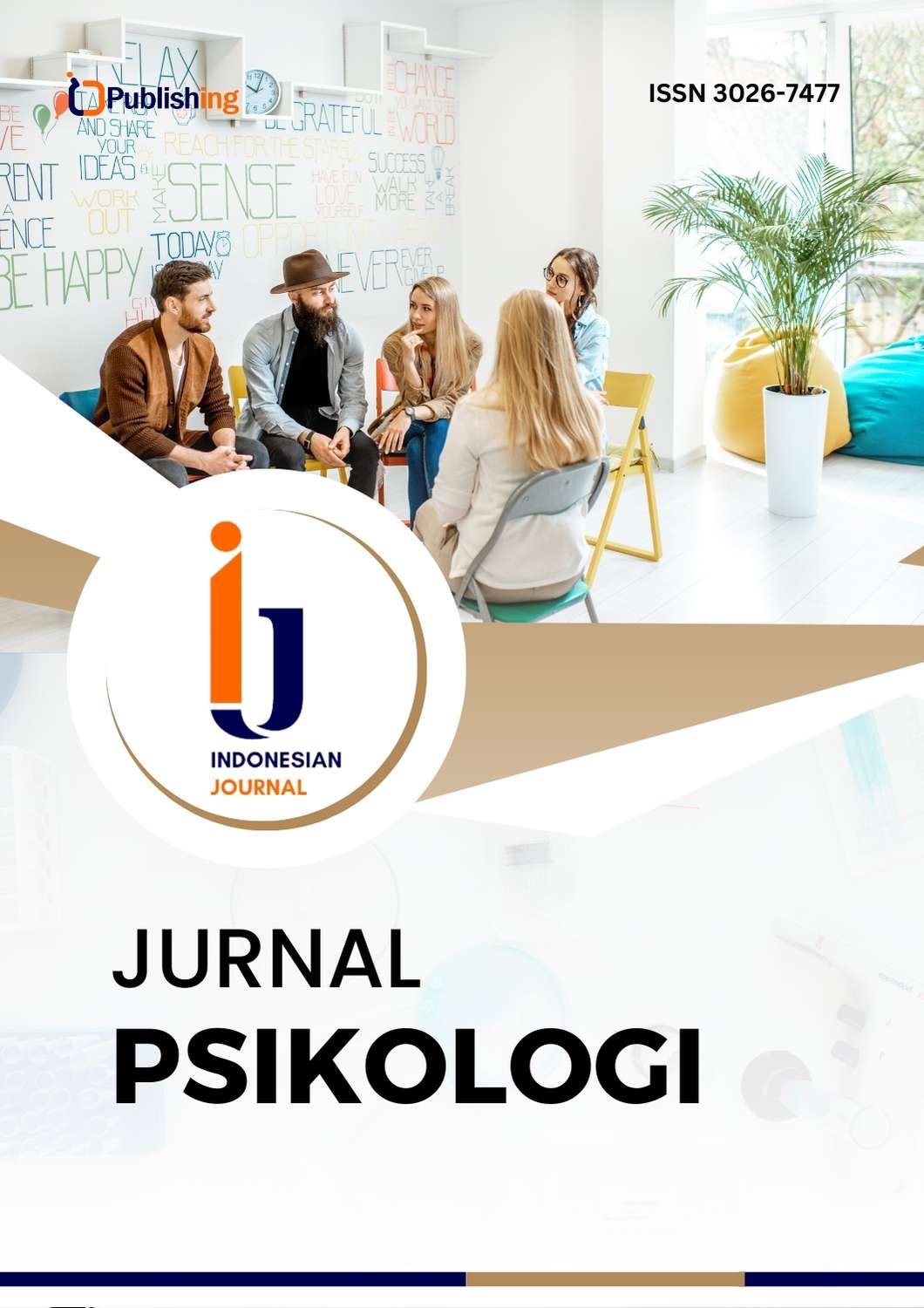Use Of Collaborative Technologies In Inclusive Education
Keywords:
Inclusive Education, Collaborative Technologies, Universal Design For Learning, Digital Tools, Team Teaching, Interactive Platforms, AccessibilityAbstract
This article examines the role of collaborative technologies in an inclusive learning environment, analyzing their advantages and limitations when working with students of diverse needs. It begins with an overview of the inclusive education concept and universal design for learning principles, followed by a review of modern collaborative tools – Learning Management Systems (LMS), Google Workspace for Education, Microsoft Teams, Padlet, interactive whiteboards, and videoconferencing platforms – and practical examples of their use. The study discusses their capabilities for lesson planning, real-time collaborative project work, teacher-and-peer collaboration, and process individualization. It evaluates the impact of these technologies on student engagement and motivation. The conclusion offers recommendations for developing integrated digital strategies and teacher professional development.
References
UNESCO. (1994). The Salamanca Statement and Framework for Action on Special Needs Education. Paris: UNESCO.
Rose, D. H., & Meyer, A. (2002). Teaching Every Student in the Digital Age: Universal Design for Learning. Alexandria, VA: ASCD.
Dillenbourg, P. (1999). Collaborative Learning: Cognitive and Computational Approaches. Amsterdam: Elsevier.
Hrastinski, S. (2008). Asynchronous and synchronous e‐learning. EDUCAUSE Quarterly, 31(4), 51–55.
Hew, K. F., & Cheung, W. S. (2010). Use of Web 2.0 technologies in higher education: A review of literature. International Journal of Educational Technology in Higher Education, 7, 1–25.
Hutson, E., & Gunawardena, C. N. (2000). Community building in online learning environments: Measuring collaboration in discussions. Journal of Distance Education, 15(2), 1–19.
Abrams, S. H. (2020). Using Padlet to facilitate collaborative learning in elementary classrooms. Educational Technology Research and Development, 68(3), 1181–1198.
Smith, T. E. (2015). Interactive whiteboards and student engagement: A systematic review. Journal of Educational Technology Systems, 44(2), 203–224.
Zhao, H., & Shelat, P. (2021). Videoconferencing as a tool for inclusive distance education: Opportunities and challenges. International Journal of Inclusive Education, 25(6), 673–689.
Simpson, O. (2013). Supporting Students in E-learning: Alleviating the Barriers to Success. Abingdon, UK: Routledge.
Borup, J., West, R. E., & Graham, C. R. (2012). Improving online social presence through asynchronous video. The International Review of Research in Open and Distributed Learning, 13(3), 1–17.
Martin, F., & Bolliger, D. U. (2018). Engagement matters: Student perceptions on the importance of engagement strategies in the online learning environment. Online Learning, 22(1).
Dabbagh, N., & Kitsantas, A. (2012). Personal learning environments, social media, and self-regulated learning: A natural formula for connecting formal and informal learning. Internet and Higher Education, 15(1), 3–8.
European Agency for Special Needs and Inclusive Education. (2016). ICT in Inclusive Education – Good Practices from European Schools. Odense, Denmark: EASNIE.
Baran, E., Correia, A. P., & Thompson, A. (2013). Transforming online teacher professional development: A systematic review of the literature. Computers & Education, 58(2), 834–849.
Maor, D. (2011). Learning design and student engagement: Using synchronous and asynchronous tools in an online learning environment. Educational Media International, 48(3), 177–189.
Sobirovich, T. B. (2023). Basic Criteria for Building the Third Renaissance in Uzbekistan. Asian Journal of Applied Science and Technology (AJAST), 7(1), 149-157.







